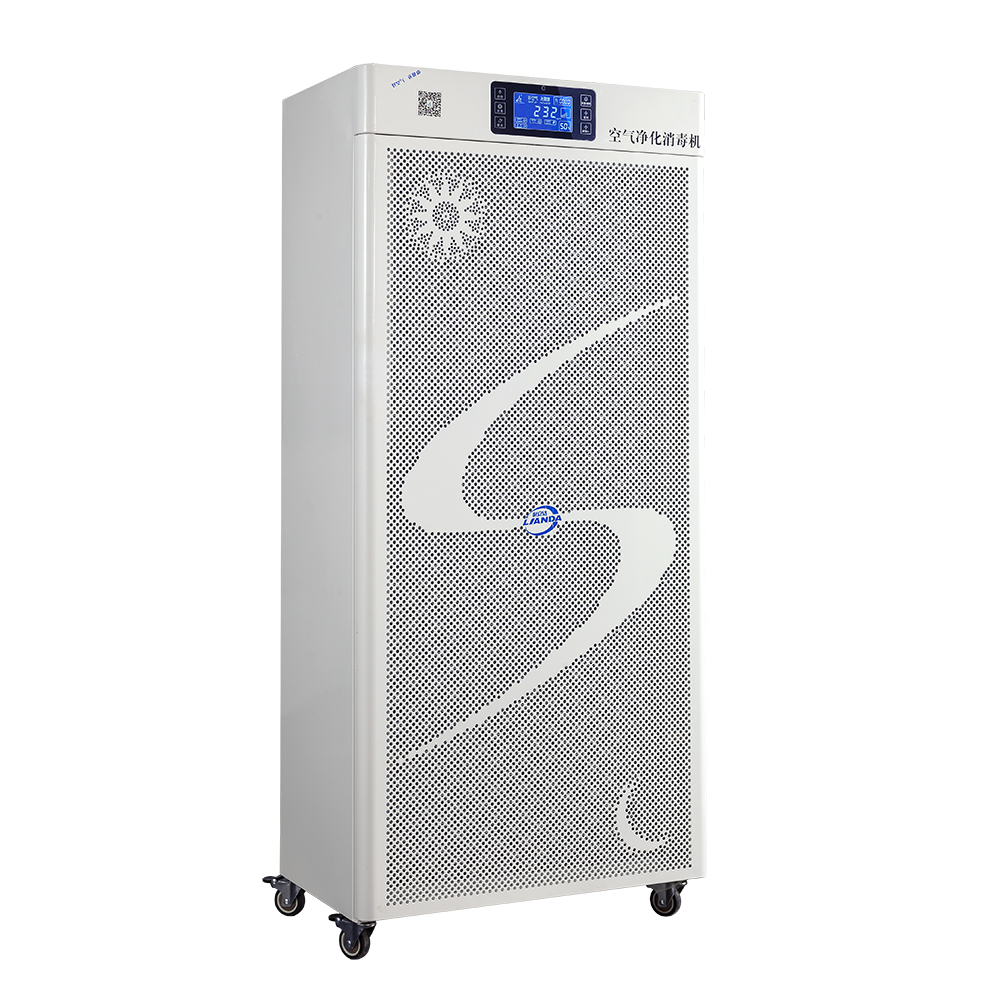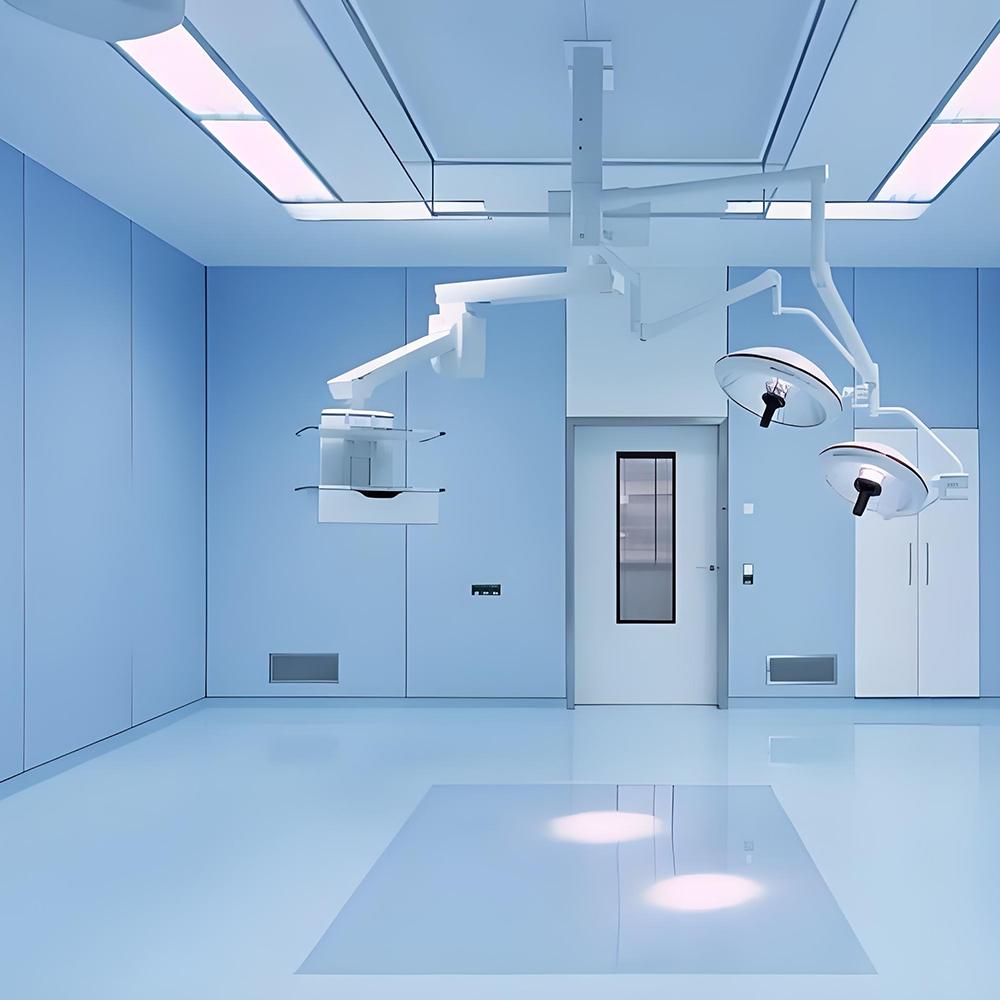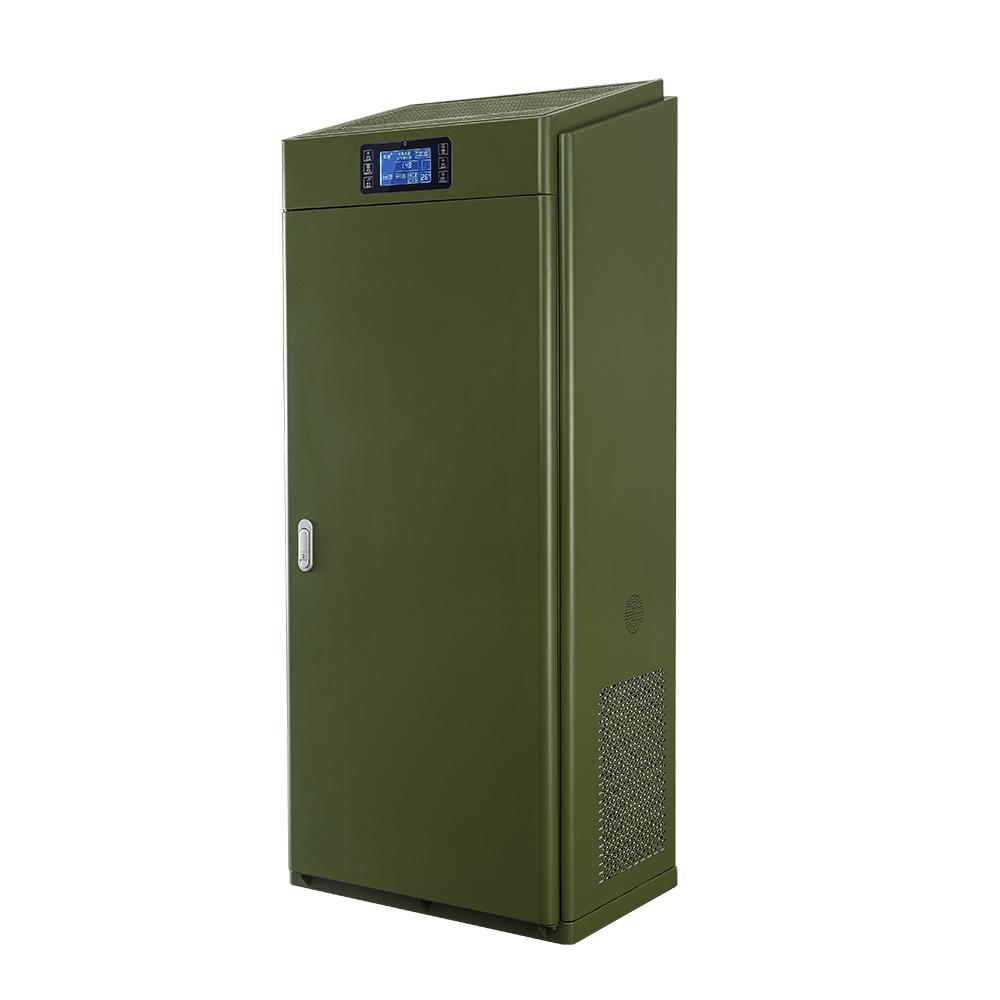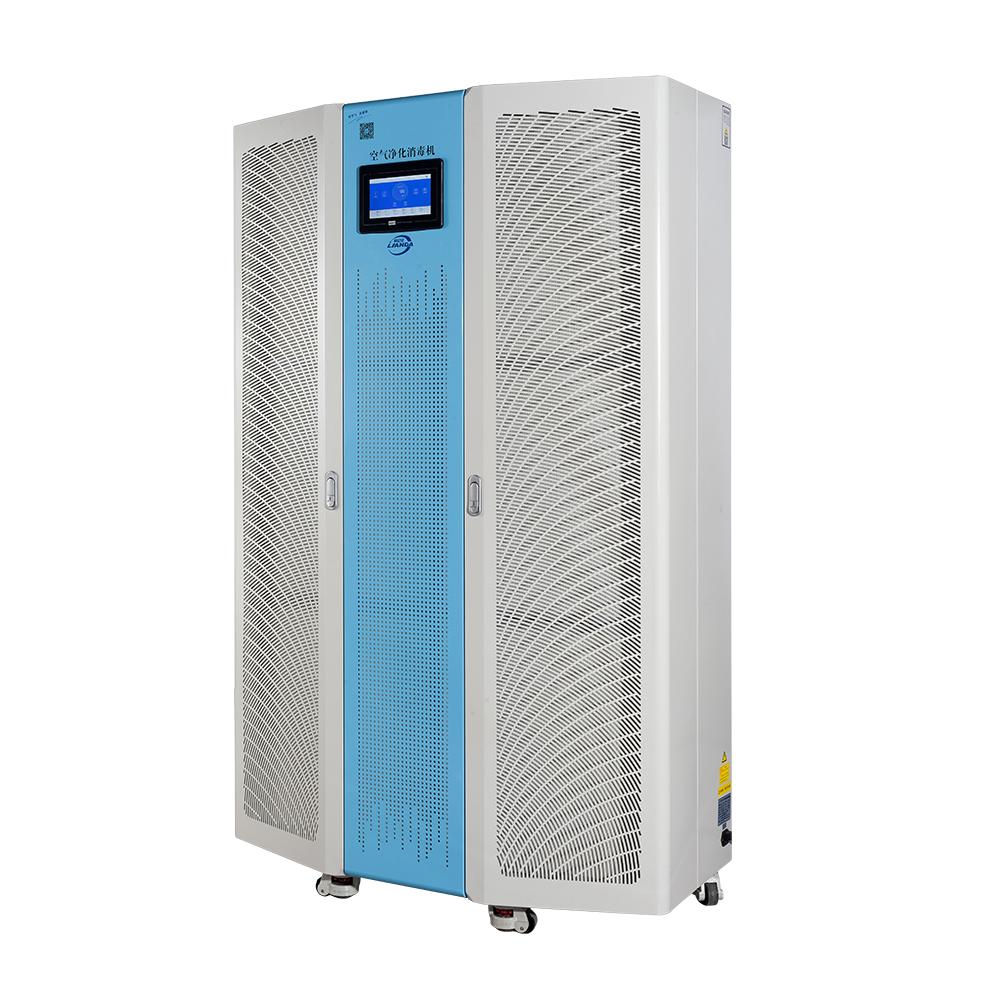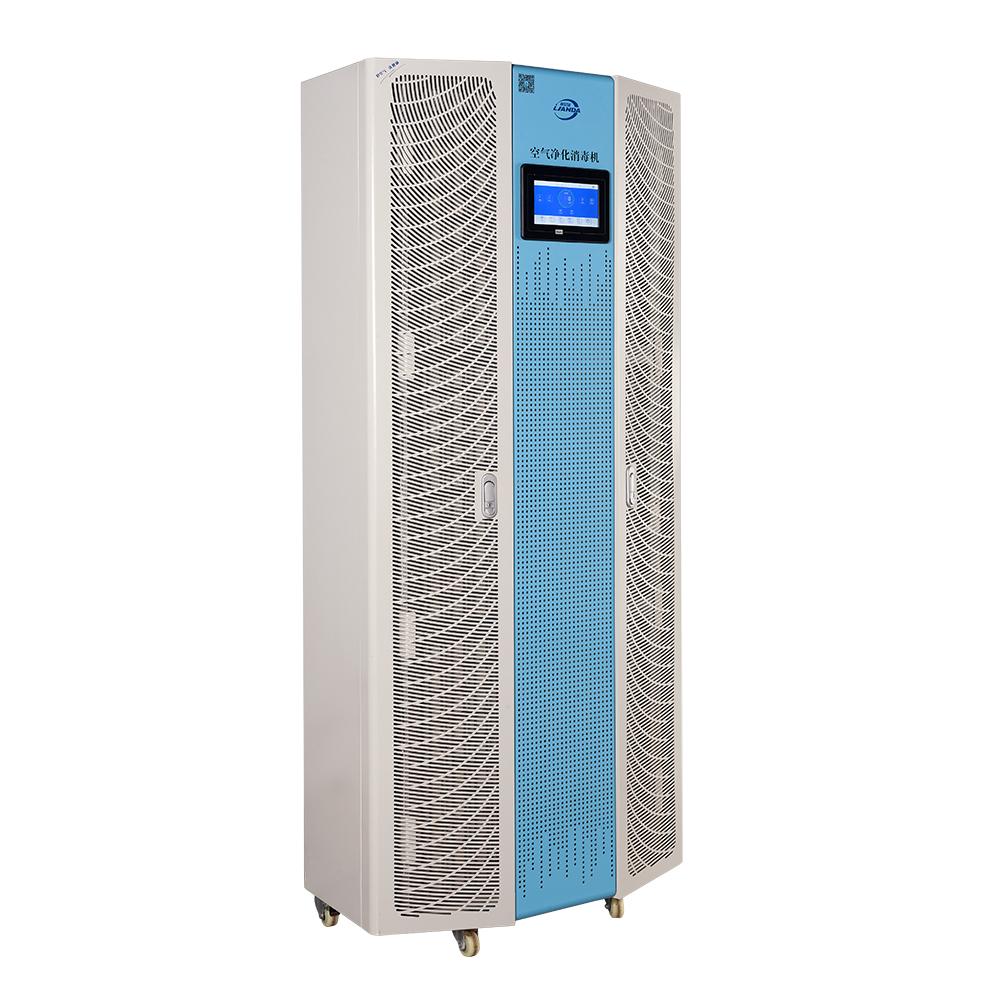Common types of air purifiers
As environmental pollution becomes increasingly serious, air purifiers have gradually entered people's lives. Choosing a suitable air purifier is essential to improve air quality and protect the health of your family. There are many types of air purifiers. Here are some common types of air purifiers and their characteristics. We mainly classify them according to the technology and principles used by air purifiers.
1. HEPA air purifier
HEPA (High Efficiency Particulate Air Filter) is one of the most common types of air purifiers. It can effectively filter particles with a diameter of 0.3 microns or more, including dust, pollen, pet hair, etc. The purification efficiency of HEPA filters is usually as high as 99.97%, making it an ideal choice for allergy sufferers and asthma patients.
2. Activated carbon air purifier
Activated carbon purifiers mainly purify the air by absorbing odors, harmful gases (such as formaldehyde, benzene, etc.) and volatile organic compounds (VOCs) in the air through activated carbon. They are suitable for use in cooking areas or newly renovated rooms, and can effectively remove bad odors and harmful substances.
3. Photocatalyst air purifier
The photocatalyst purifier uses photocatalytic technology to decompose harmful substances and germs in the air through photocatalyst materials under ultraviolet light. It can not only remove odors, but also decompose bacteria and viruses. It is a more advanced air purification technology.
4. Negative ion air purifier
Negative ion air purifier helps absorb dust and particulate matter in the air by releasing negative ions. Negative ions have the effect of purifying the air and improving air quality, but this type of purifier is relatively weak in removing harmful gases. In addition, negative ions may have an impact on human health under certain circumstances, so caution should be exercised when using them.
5. Natural air purifier
Natural air purifiers purify the air through the photosynthesis and respiration of plants. Common plants include ivy, aloe vera and spider plants. These plants not only beautify the environment, but also effectively absorb harmful substances in the air. They are an environmentally friendly and economical choice. However, the purification efficiency of natural air purifiers is low and it is suitable for use with other types of purifiers.
Choosing a suitable air purifier needs to be determined based on personal needs, space size and budget. Different types of air purifiers have their own advantages and disadvantages, and you may need to combine multiple technologies to achieve the best purification effect. Before purchasing, it is recommended to learn about the performance parameters and applicable scope of various products in detail and choose the air purification solution that best suits you. In this way, you can enjoy fresher air in your daily life and improve your quality of life.
